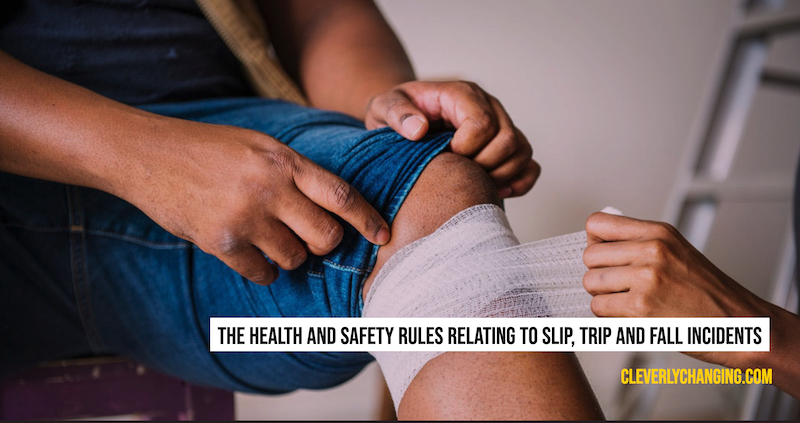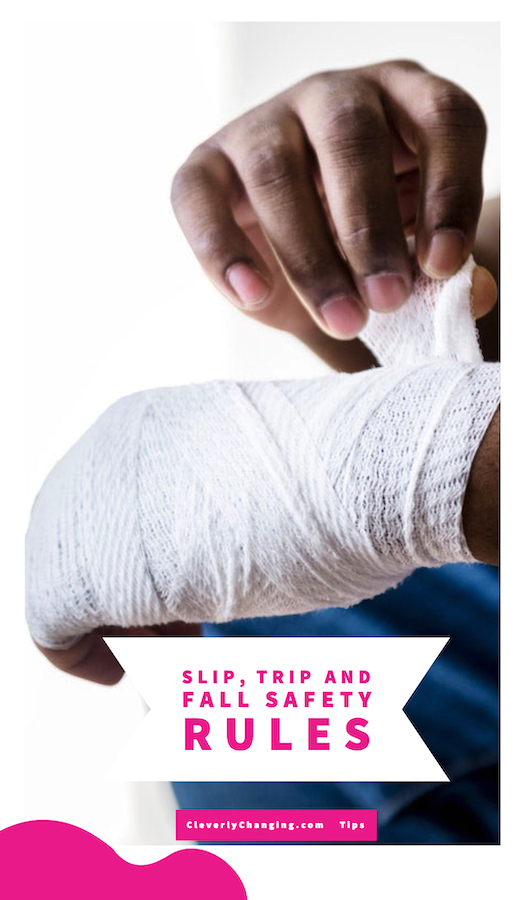There are numerous health and safety rules and regulations regarding the maintenance and prevention of slips and trips. Here are some of the rules that everybody should know. If you suspect you have a personal injury case following a slip or fall on someone else’s property, find out more from Abels & Annes, PC.

Falls account for over 8 million hospital emergency room visits each year, around 21% of the total emergency room visits.
When an individual slips on someone else’s property, be it public or private, they could have a case for negligence. If the property owner did not take adequate measures to protect visitors from falls, they could be held responsible.
Establishing Liability
Most slip and fall cases do not occur as a result of someone else’s deliberate actions. In that case, the most common way of establishing liability is through negligence.
Negligence is when the other party failed to act in a responsible manner to prevent slips and falls. For example, if a restaurant employee recently mopped the floor, it is reasonable to expect them to place wet floor signs.
Establishing negligence usually requires the plaintiff to establish what the defendant knew. This can be done through a process called “discovery”, in which the defendant is obliged to hand over maintenance records, repair logs, surveillance footage and other such items that could prove the defendant was aware of the hazard.
In order to establish fault, the plaintiff must prove that the owner’s possession or property caused the fall, the owner knew the condition existed, and the owner did not take reasonable measures to correct or fix the condition.

Falls in a Commercial Property
In a commercial property, where the owner may not regularly visit the establishment and relies on employees, proving liability can be slightly different. In these cases, an employee must have caused the hazard that prompted the fall, knew about the danger and did not take steps to make the area safe.
Wet Floor Signs
One of the most common causes of falls in commercial properties is a lack of wet floor signs. Unfortunately, the legal position on these signs is not clear, and often each case is decided on merit.
For example, consider an employee mops the floor, finishes, then while they are retrieving the wet floor sign, a patron slips on the floor. Is it reasonable to hold the employee responsible for the fall? In these cases, it would depend on factors like how long it took the employee to retrieve the sign. Whether the resources were available to station another employee near the wet floor to warn patrons. W
Falling on Government Property
Falls on government property fall under the specific rules employed by the individual state. There are sometimes provisions that mitigate governmental responsibility, but these vary from state to state.
At the heart of slip and fall cases is proving what were “reasonable” measures to prevent the fall. Much of the case will come down to establishing what reasonable expectations the plaintiff had of the defendant. W
